
Newsletter Subscribe
Enter your email address below and subscribe to our newsletter

Enter your email address below and subscribe to our newsletter

There's no strict age requirement for getting braces; treatment typically begins between ages 8 and 14, as children's bones are still growing and teeth are more conducive to alignment. However, adults can also receive braces at any age if their gums and teeth are healthy, showcasing the versatility of this orthodontic treatment.
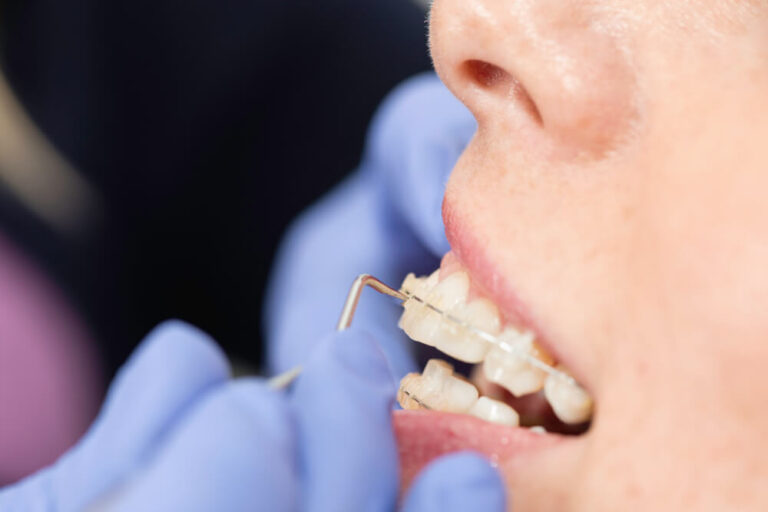
The braces removal process typically takes about one hour. During this time, the orthodontist carefully detaches the brackets and wires, cleans off any remaining adhesive, and polishes the teeth. While the procedure involves some pressure, it's generally not painful. This efficient process ensures that your teeth look great and feel healthy immediately after the braces are removed.
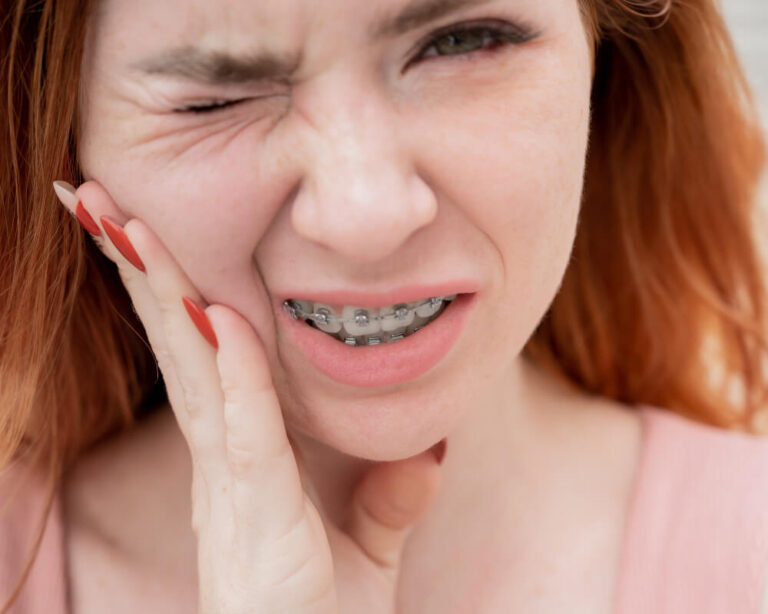
Braces typically cause discomfort for a few days after each adjustment. This pain generally lasts between one to three days. To alleviate the soreness,use over-the-counter pain relievers, apply oral anesthetics, and eat soft foods. Cold foods like ice cream or smoothies can also help reduce inflammation and numb the area.
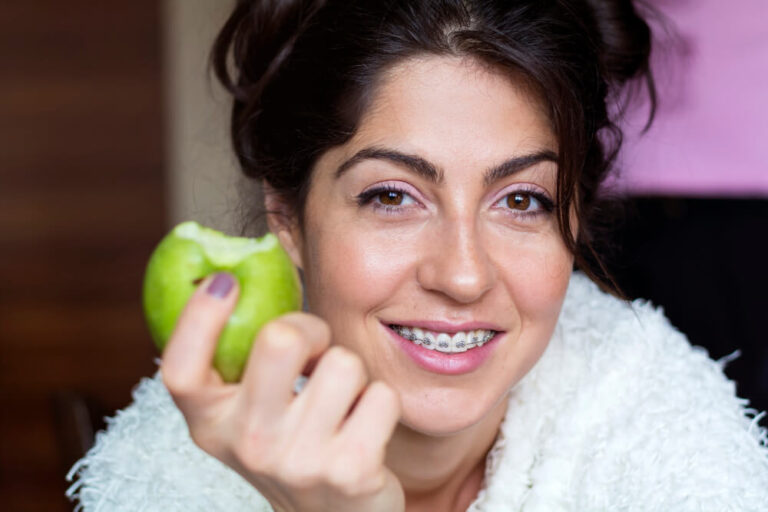
With braces, avoid hard foods (like nuts and ice), sticky foods (such as gum and caramel), crunchy foods (like popcorn and hard crusts), and sugary snacks (including candy and pastries) as these can damage the brackets and wires. Highly pigmented foods may stain braces. Always cut hard fruits and raw vegetables into smaller pieces and remove meat from the bone to prevent issues.

Putting on braces typically takes about one to two hours. This process starts with cleaning and drying your teeth, followed by applying an adhesive to attach the brackets. Once the brackets are in place, the orthodontist will thread the archwire through them and secure it with elastic bands. The procedure is straightforward and doesn’t cause pain, though you might feel some pressure or minor discomfort.
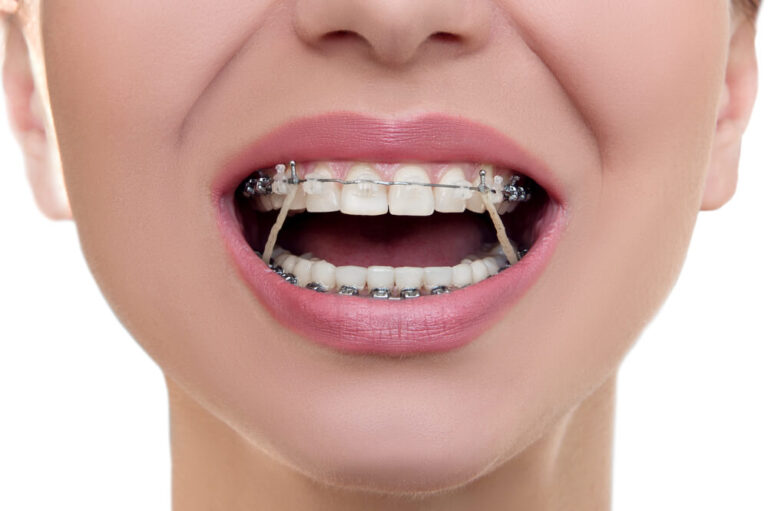
Rubber bands, or orthodontic elastics, apply additional pressure needed to move your teeth and adjust jaw alignment, essential for achieving that perfect smile.
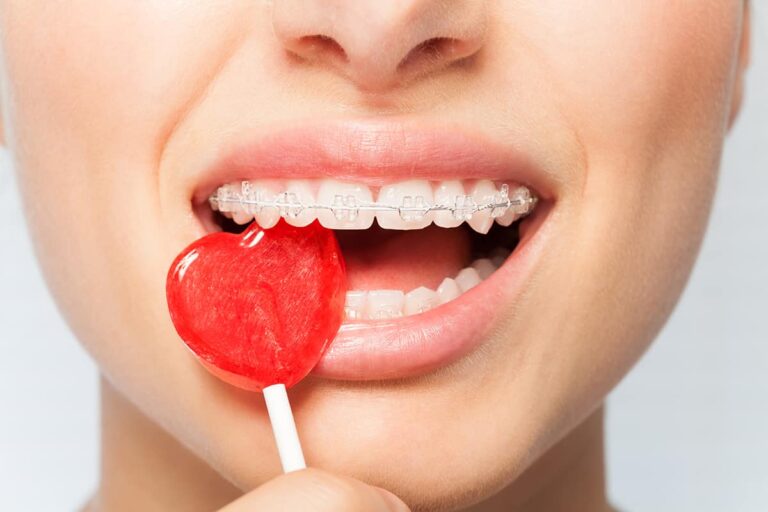
When wearing braces, choose soft candies that won't damage the brackets or wires. Ideal options include plain chocolate, soft cookies, and peanut butter cups. Avoid sticky, hard, and chewy candies like caramel, nuts, and gummies, as these can harm your braces and increase the risk of dental issues.

To immediately reduce braces pain, you can apply a cold compress to numb the area and decrease inflammation. Rinse your mouth with warm salt water to soothe sore gums. Use orthodontic wax on any brackets that are causing irritation, and consider taking over-the-counter pain relievers like ibuprofen or acetaminophen as directed.
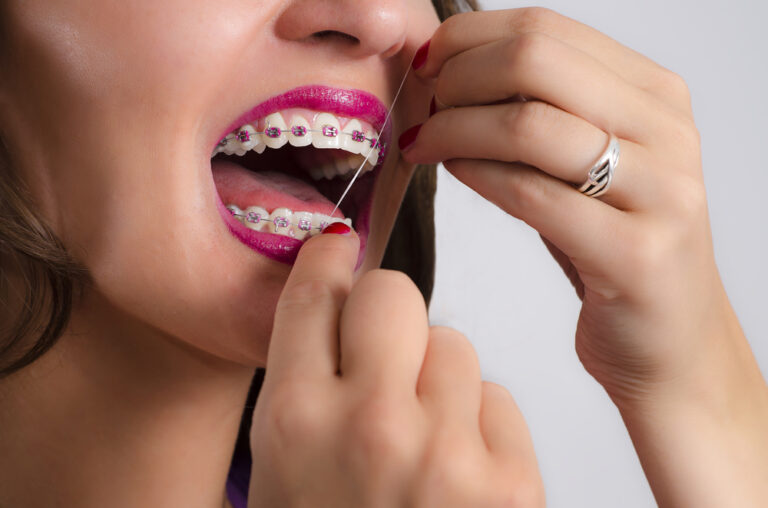
Flossing with braces requires a floss threader. Thread floss above the wire, guiding it between teeth, and gently move it back and forth. Glide it along the gum line to remove plaque and food debris. Repeat between each tooth and under the wire for thorough cleaning. This routine helps keep your teeth clean and prevent issues like gum disease during orthodontic treatment.

During the first week with braces, opt for soft foods to minimize discomfort. Good choices include yogurt, smoothies, oatmeal, scrambled eggs, soft fruits like bananas, mashed potatoes, and well-cooked vegetables. Soup and broths are also gentle options.
Dental articles in your inbox. Subscribe